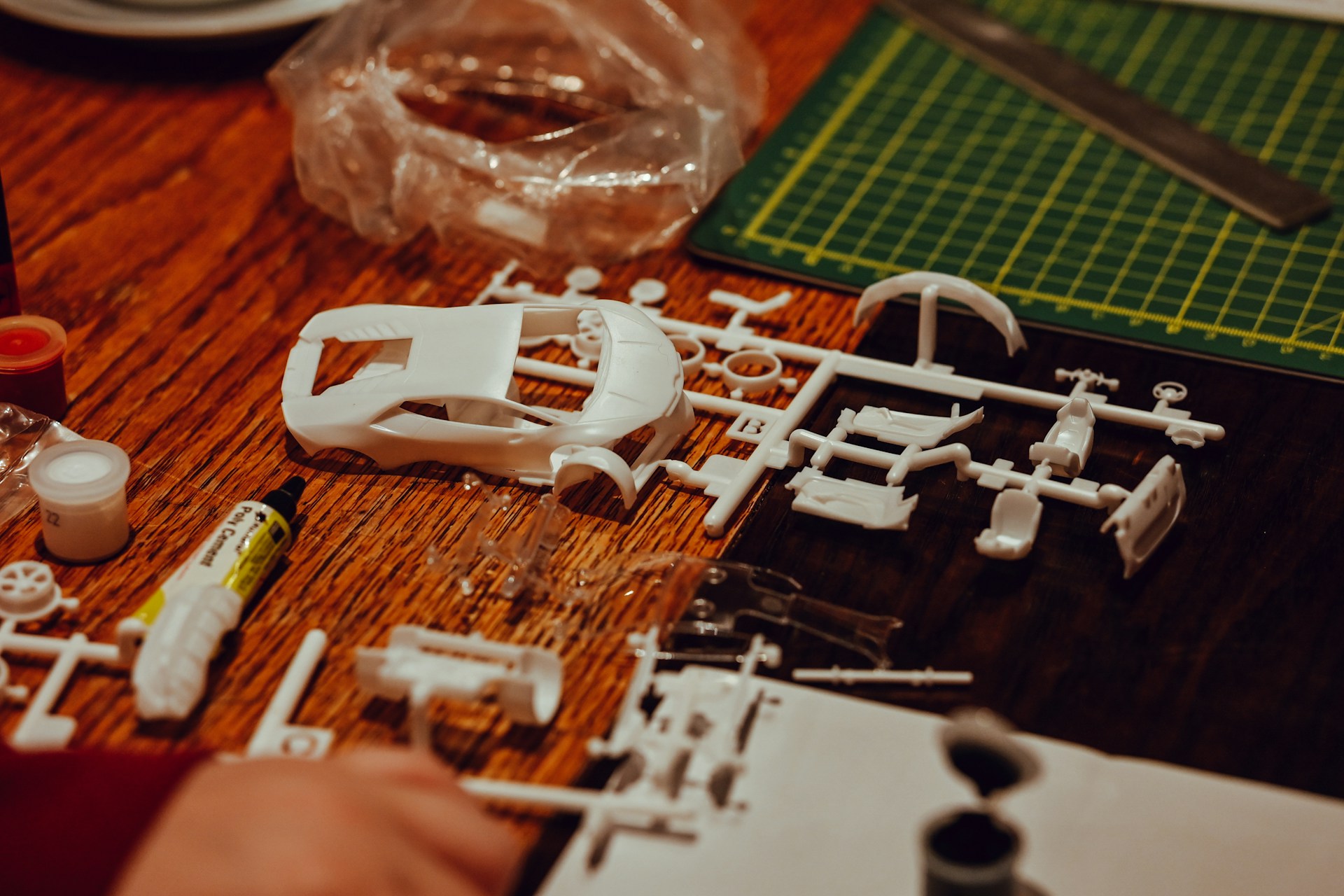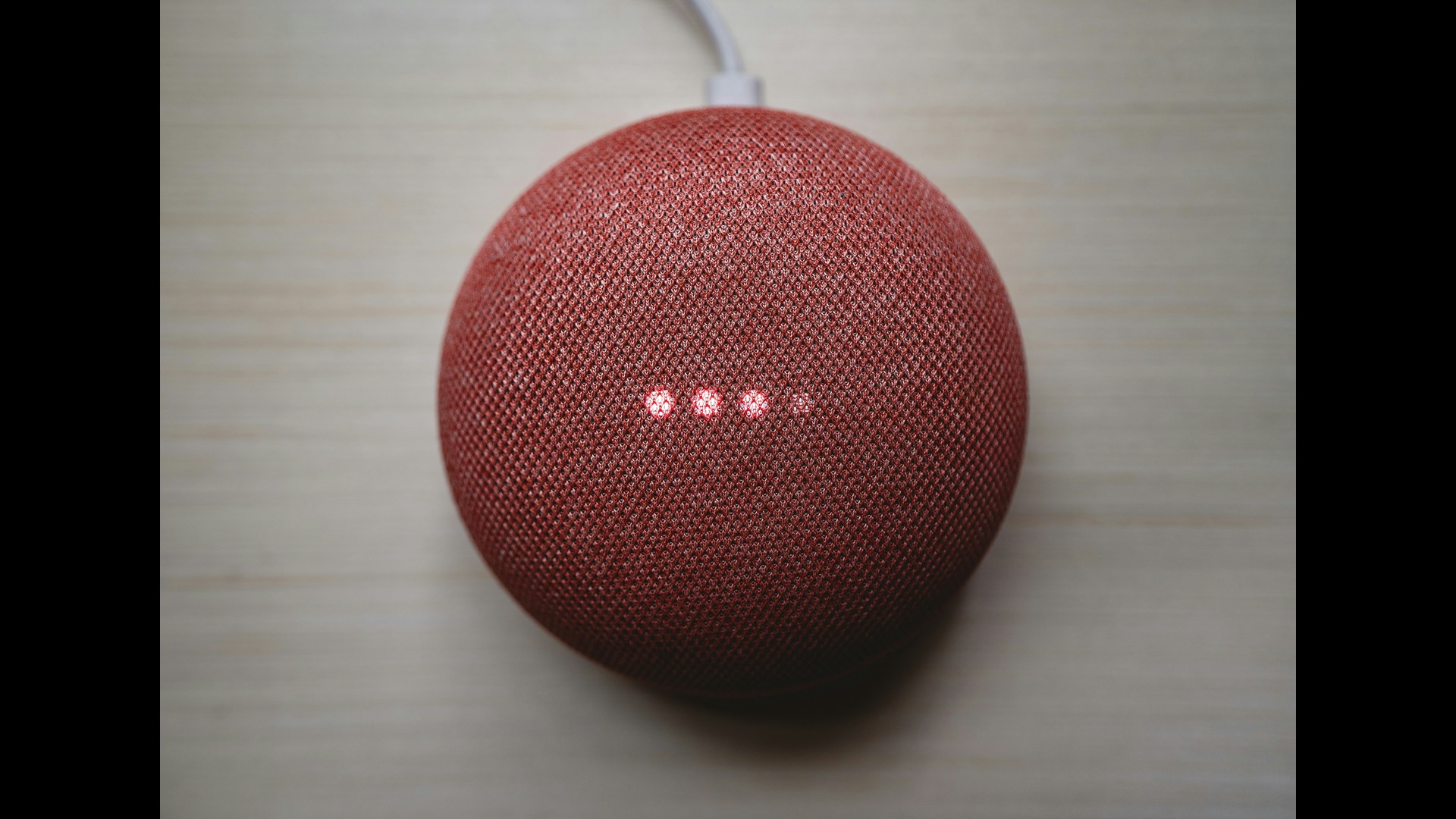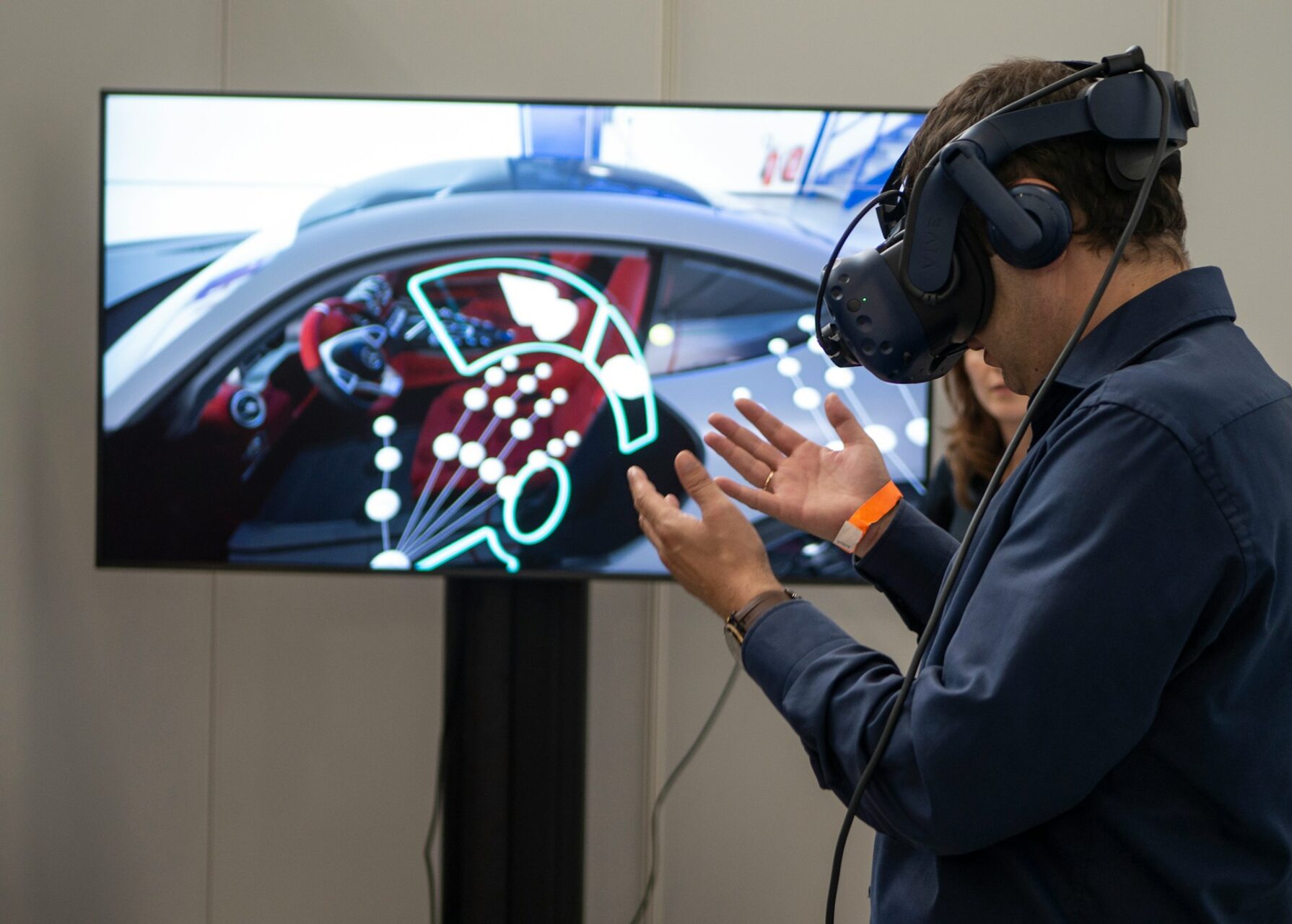
10 Common Blockchain Misconceptions
June 21, 2018 - Emily Newton
Revolutionized is reader-supported. When you buy through links on our site, we may earn an affiliate commission. Learn more here.
Think you know everything about blockchain? You may be wrong. There are several blockchain misconceptions people think are true. Check to see how well-versed you are in blockchain and its applications. Then, prove to everyone else that you’re smarter than they are on this topic!
What Is Blockchain?
In 2008, with the introduction of Bitcoin, blockchain technology arrived. This technology allows all users to hold the ledgers regarding all other users. In prior online transactions, guarantors would ensure the transaction could happen in a few seconds, but the actual movement of currency or goods could take days. With blockchain, information about transactions creates the blocks linked together in the chain. This information cannot be changed or deleted. Here are some of the most common misconceptions you’ll find regarding this tool.
1. Finance Is the Only Use for Blockchain
Forget thinking blockchain is just limited to finance. This technology has innumerable applications. The Indian government aims to convert to become completely digital. It will use blockchain for agriculture, education and healthcare.
Beyond finance, “smart contracts” have become the latest trend in blockchain. Harvard Business Review calls these most transformative blockchain application right now. These contracts delivered via blockchain could result in instantaneous transactions between vendors and customers.
2. Blockchains Are Completely Private
Despite private groups using blockchain, its activity can be traced. Additionally, the blockchain used for Bitcoin is a public ledger. This quality makes it easy for anyone to see transaction activity, including governments. If you thought blockchain was a way to stay anonymous, you’d be wrong.
3. All Blockchains Are Public
While many blockchains are public and open-source, many are private. Public blockchains have no centralized control. But private blockchains have the creator’s oversight. This person or group can make deletions that cannot be made in a public blockchain. Anyone can set up a private blockchain among a specific group of people. These smaller chains require much less operating power and are faster than public versions.
4. Blockchain = Bitcoin = Cryptocurrency
Wrong, wrong, wrong. Blockchain and Bitcoin came out at the same time, but they’re not synonymous. Bitcoin is the original form of cryptocurrency, also known as digital currency. Since its creation, other forms of digital currency have emerged as more try to take advantage of this trending technology. What they all have in common is the technology behind them — blockchain.
However, the interconnected nature of Bitcoin and blockchain cannot be denied. In 2013, Bitcoin almost failed when it split its blockchain in two. This issue resulted in a 23-percent drop in the value of Bitcoin until the system rectified itself and users on 0.8 reverted back to version 0.7.
5. Smart Contracts Are Legally Binding
Though it has contract in the name, smart contracts are not legal documents. They’re simply agreements to bypass any third parties when conducting transactions. They’re not the same as legally binding contracts made in the real world.
6. Tokens = Coins
With blockchain technology, coins are the first thing people think about thanks to Bitcoin. But coins aren’t the only thing blockchain trades. Coins, also known as initial coin offerings or ICOs, have only stored value, like money. Tokens, on the other hand, can store more complex ideas rather than simple value. Income, real estate property, utility and intellectual property. These factors make blockchain good for uses beyond finance.
7. All DLT Are Blockchain
DLT, digital ledger technology, is not the same as blockchain. Many digital ledger technologies exist, including Nano, Hashgraph and IOTA. The many forms of digital ledger technology allow for multiple uses of DLT beyond finance. Because DLT and blockchains are not exactly the same and neither are blockchain and Bitcoin, the volatility of Bitcoin does not reflect on blockchains or DLT.
8. Blockchain and Bitcoin Are Used by Criminals
Though there is a modicum of anonymity with blockchain, its transactions can still be traced. Legitimate organizations and ordinary people use it to make instant transactions. Blockchain should not be associated with criminals or illegal activity. It’s a completely legal means of making online transactions without the need for a third party.
Additionally, since there are no boundaries with blockchain, it can be used in any country by people who may be concerned about corrupt officials preventing legal transactions. It’s a safer means of trading money for many people around the world than banks and other third parties that can’t always be trusted.
9. Blockchain Requires No Trust
While people who use blockchain technology appreciate not having third-party oversight, they still must trust the other users and the system itself. It’s possible for a group of users to collude to disrupt information or block users. With Bitcoin, other users have to verify the information. It’s possible that a group could prevent this step from happening. Trust in the process and in strangers allows blockchains to work.
10. Blockchain Is a Lightweight Technology
Blockchain is not a technologically lightweight process. In the early days, regular computers could be used for mining Bitcoin. But today, using computers and older graphics processing units, GPUs, for mining is more wasteful of energy than the amount of money created.
To meet the increasing need for computing power and energy, in 2013, application-specific integrated circuits, ASICs, were introduced. As blockchains get longer, the technology needed for keeping up must increase as well.
Blockchain Misconceptions, Thwarted
Now that you’ve gotten rid of your blockchain misconceptions, you’ll be better able to make decisions about investing and using this technology. You might even be less afraid of using the technology now than before! Go ahead and share this with others who need to have their misconceptions about blockchain thwarted.
Revolutionized is reader-supported. When you buy through links on our site, we may earn an affiliate commission. Learn more here.
Author
Emily Newton
Emily Newton is a technology and industrial journalist and the Editor in Chief of Revolutionized. She manages the sites publishing schedule, SEO optimization and content strategy. Emily enjoys writing and researching articles about how technology is changing every industry. When she isn't working, Emily enjoys playing video games or curling up with a good book.








Hi,To add to your article, blockchain is finding applications in land records, voting, agriculture, governance, banking, finance, logistics and many more.Blockchain transactions can be verified in seconds now using the lightning network technology. There is inter-ledger protocol which make the transactions blockchain agnostic.There are companies working on using cryptocurrencies for transactions using satellites so that crypto transactions can be done at places where there is no internet also.